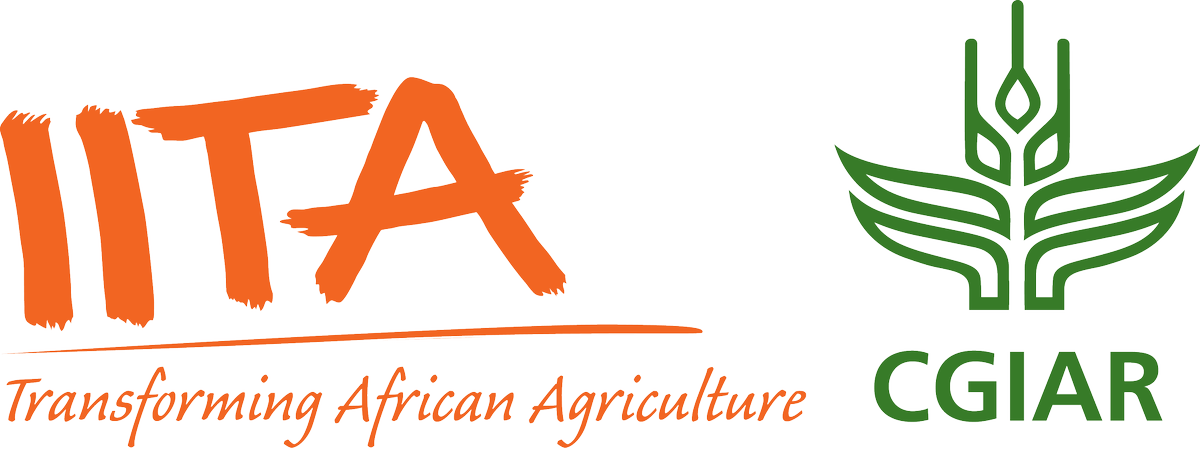Welcome to the International Institute of Tropical Agriculture Research Repository
What would you like to view today?
Drivers and magnitude of food insecurity among rural households in southern Democratic Republic of Congo

View/
Date
2024-11-06Author
Manyong, V.
Dontsop-Nguezet, P.
Nyamuhirwa, D.A.
Osabohien, R.
Bokanga, M.
Mignouna, J.
Bamba, Z.
Adeoti, R.
Type
Review Status
Peer ReviewTarget Audience
Scientists
Metadata
Show full item recordAbstract/Description
Access to adequate and nutritious food is accepted as a human right worldwide. In the Democratic Republic of Congo (DRC), Kasai Oriental province is one of the most vulnerable provinces in the country in terms of food insecurity. However, its current depth of food insecurity and the root factors have not been studied. Against this background, this study used cross-sectional data from 318 households to analyze the magnitude and socioeconomic drivers of food insecurity among rural households in the province. We developed two food security indicators: the food consumption score (FCS) and household food insecurity access scale (HFIAS), and applied the ordinary least square (OLS) and the negative binomial model for the analysis. Our findings show that households rely mainly on vegetables to meet their food need, consume more energy, and have limited access to protein, vitamin, and fat-rich foods. All the surveyed households were deficient in food quantity, while 75% were deficient in quality. The study noted that the severity of food insecurity is zone-specific and more pronounced in the Kabeya Kamwanga territory than in others. Importantly, the poverty and education levels among households associated with large household sizes were the significant determinants of food insecurity in the area. These results strongly demonstrate the need for agrifood interventions that foster education, enable efficient land use, and target poor households in the province.
https://doi.org/10.1016/j.heliyon.2024.e40207
Multi standard citation
Permanent link to this item
https://hdl.handle.net/20.500.12478/8654IITA Authors ORCID
Victor Manyonghttps://orcid.org/0000-0003-2477-7132
DONTSOP NGUEZET Paul Martinhttps://orcid.org/0000-0001-5098-1853
Zoumana BAMBAhttps://orcid.org/0000-0002-8913-3357
Digital Object Identifier (DOI)
https://doi.org/10.1016/j.heliyon.2024.e40207
